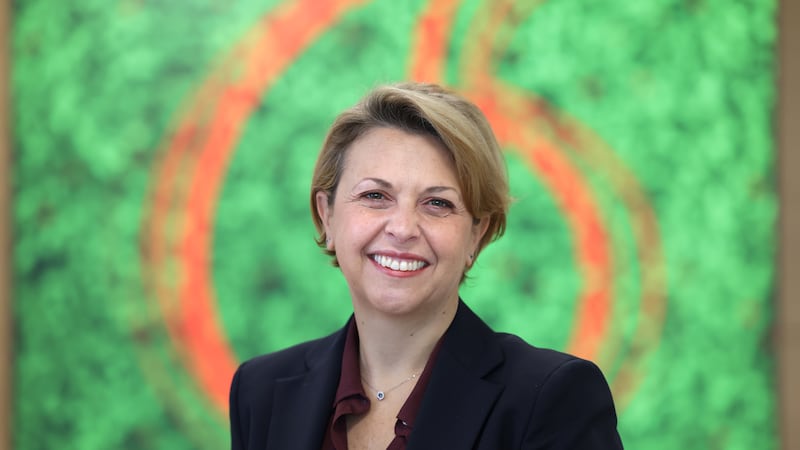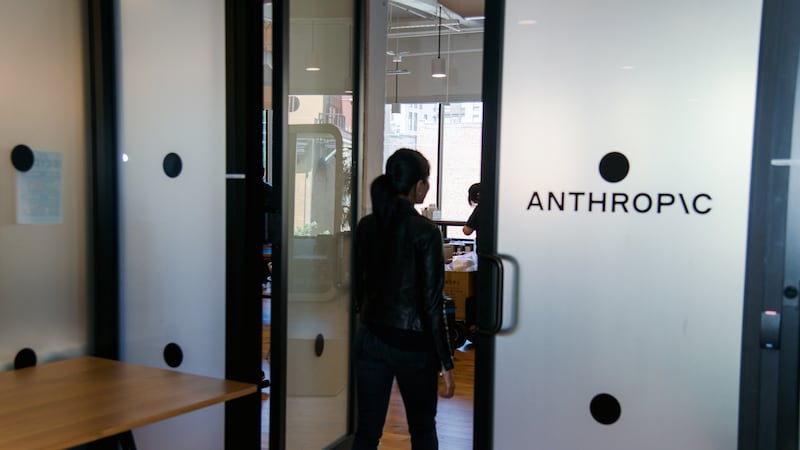A pilot project which allows Dublin’s citizens to report local problems to the council on their smartphones and connect in with wider alert systems , such as flooding, began with its first 100 users today.
The CityWatch system was among 20 new technologies on display at the Your Future City showcase in Dublin's Mansion House, the majority of which have been developed in Ireland.
The exhibition aims to give the public a peek at new technologies which could become mainstream in future and impact on everyday lives from home, work, school, city to environment and garden
The working technologies range from a behavioural prediction tool which can analyse personal data to calculate when to set a morning alarm clock to technology PIXEE which helps promote emotional responses on social media images.
Lord Mayor Naoise Ó Muirí became the first tester of the CityWatch android app today. The project between Intel labs, Trinity College Dublin and Dublin City Council aims to "promote sustainable behaviours" and harness the "power of the crowd" explained Jessica McCarthy of Intel Labs Europe. She said that the council wanted a " real time view of city , to see what is happening".
CityWatch links up with information from sensors around the city allowing citizens to access local data such as noise levels in their area . If it was rolled out across the capital, the system it would allow the city manager to see when a citizen reports a flooded drain and it would match this with drain sensor and weather data to create alerts. This would allow the council remotely take action such as closing roads and dispatching clean-up teams.
Part of the CityWatch project will be about getting people interested, David Boundy of Intel Labs Europe explained. “It’s all about gamification. How can you actually engage the citizen...encourage them to share and be rewarded and recognised,” he said.
The vast majority of technology on show at the exhibition is Irish developed, according to Mr Boundy. “A lot of this work is to try and set Ireland apart as an exemplar for smart grid technology ,” he said.
Dublin City Council hopes this exhibition will be part of building towards a digital city masterplan to be launched next month . The plan “ will identify what needs to be done to keep Dublin at the cutting edge of using technologies in the schools, work and streets of the city and in the home,” Peter Finnegan director of the office of economy at the council said.
One idea the council is working on is to make Dublin a “digital interactive playground” allowing people to play games as they move around the city and to gain points with it. A pilot of this idea will take place at the Digital Hub in the next year Mr Finnegan said.
A project which could help drivers circling city streets searching for parking is to be piloted at Cork Institute of Technology (CIT), where staff and students can check on an app what spaces are available around the campus.
It is part of a wider project trying to make urban neighbourhoods more energy efficient by connecting the physical environment into the cloud. It received some €1.5 million in European funding between CIT, Intel and a research lab.
A second pilot at CIT allows air temperature and humidity in classrooms at the Cork School of Music building can be remotely managed. The eventual idea would be that if ESB did not have enough electricity because wind was not blowing they would pay some customers to reduce their temperature by two degrees, Dr Dirk Pesch of CIT explained .
Another energy-saving idea in the workplace, this time for factories, is also on display and was developed at from government sponsored technology centre i2e2. “About half of a factory’s energy is typically from manufacturing tools which aren’t always doing something useful -but are typically left on all the time,” Dr Fergus Quilligan of Intel Labs said. The Green Mode Methods project can turn part of the machine off to save energy “and results on average in 22 per cent production savings,” he said.
Savings at home by technology connecting with the electricity grid is on display with a redesign of the storage heater in a €10m investment by Glen Dimplex. The Irish-designed Quantum Energy System allows for use of electricity from renewable resources by enabling utility companies to switch them on and off whenever there is extra power on the grid, explained Rowena McCappin of Glen Dimplex "In future when is market mechanisms is a possibility we are hoping users may get paid some sort of annual fees have this in homes " she explained.
Behind many of the new technologies on display, infrastructure is needed to transport the data. Prof Linda Doyle of Trinity’s CTVR explained that the switch-off of analogue television has provided an opportunity in this area. It gives extra space on frequencies which could provide an open spectrum for people to run applications and transport sensor data if legislated for, Prof Doyle explained .
The Your Future City event is being hosted by Dublin City Council, Intel Labs Europe and Trinity College Dublin and is open and free of charge at the mansion house until Tuesday 7pm.

















